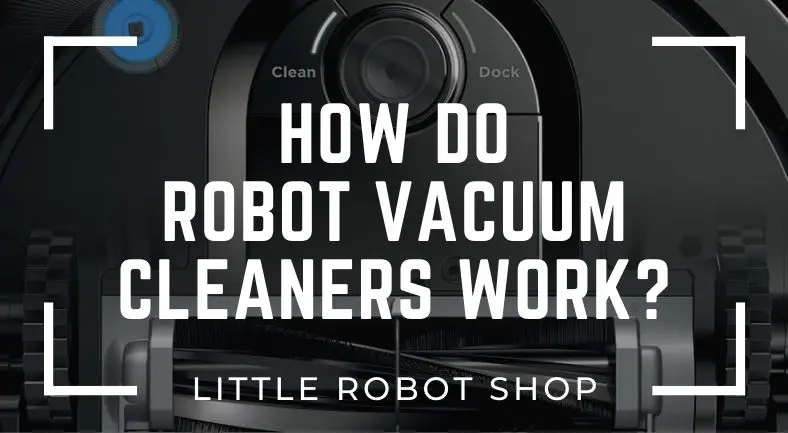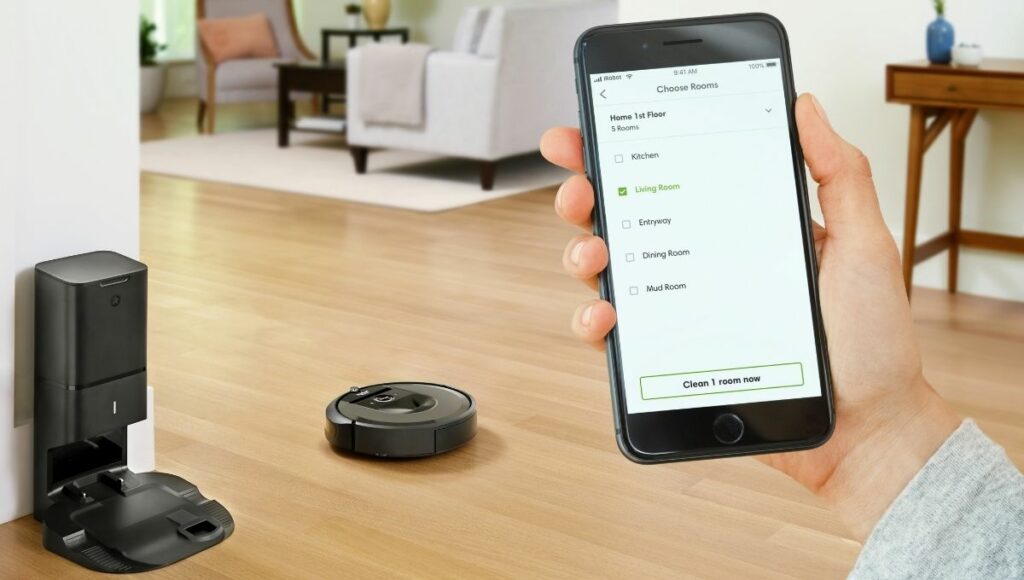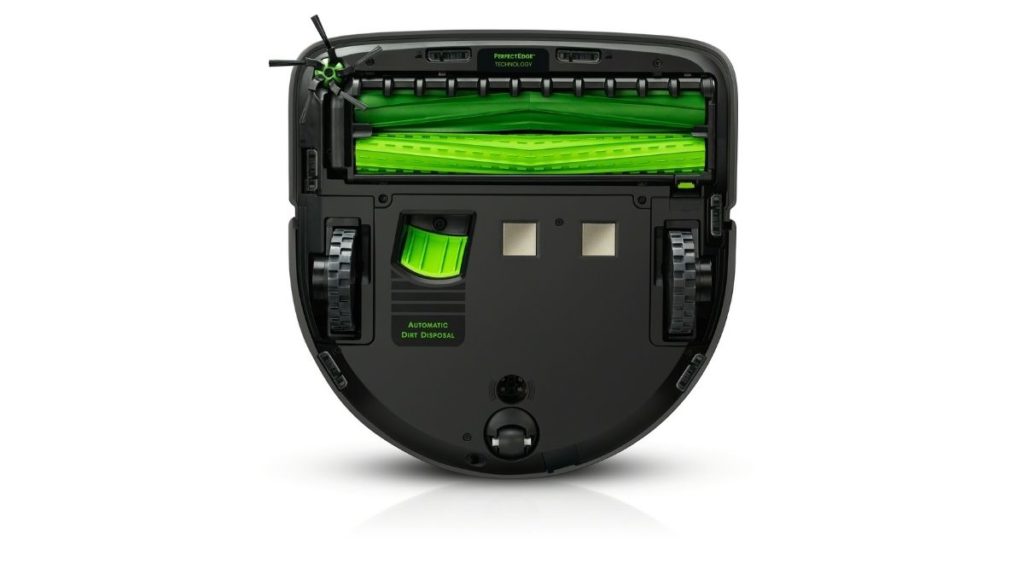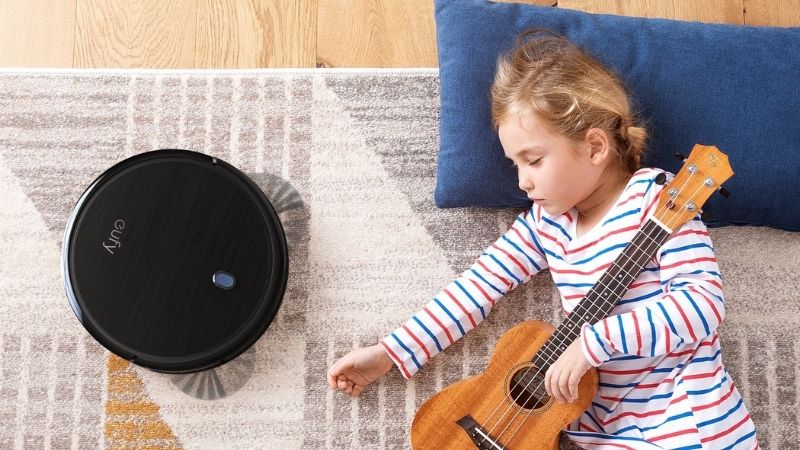These robotics have come a long way in just the last few decades, transforming from a niche product that worked sometimes to one of the fastest and most efficient ways to almost never have to handle the vacuuming yourself ever again. But how do robot vacuum cleaners work?
Robot vacuum cleaners have spinning brushes to bring both large and small debris to a rolling brush in the center. This rolling brush lifts the debris from the floor as the motor sucks it the dustbin. The robot will have many sensors onboard that work in a similar way to echolocation to stop it bumping into objects or falling down the stairs.
But there is much more
These little modern marvels can be found zipping across floors in what appears to be a pretty random pattern in smart homes all over the world, but there is a method to this madness. These patterns are anything but random and allow the top-tier vacuum machines to provide clean, consistent, and efficient results every time you fire them up.
They even empty themselves now!
Below we dig a little deeper into how these robotics work, how they navigate, and how pioneering new technology is helping to make already pretty impressive robot vacuums even more successful. Here’s all the information you need to know before buying a robotic vacuum cleaner:
You may also enjoy:
Robotic vacuums “See” with Onboard Sensors
Your vacuum is going to need to have some real freedom of movement if it’s going to clean your space effectively, but it also needs to avoid obstacles like furniture, walls, stairs, and a whole host of other physical objects that would either stop the robotic vacuum in its tracks or (potentially) cause damage if there was a collision.
A variety of different sensors are built right into the main processing unit of every robotic vacuum at every single price point. Some of the more expensive options include more advanced and more delicate sensors, but the most commonly used ones include:
- Obstacle sensors
- Cliff sensors
- Wall sensors
- Wheel sensors
Obstacle sensors
Also known as bump sensors, these are easily the most active signals onboard a robotic vacuum.
Everything in your home that isn’t a flat surface to be cleaned is something that your robot vacuum will have to contend with, and these sensors allow your robotic vacuum to make the necessary adjustments to get around these obstacles without leaving big gaps in its cleaning path.
Many of these obstacle sensors are located near the perimeter of the vacuum itself. Some of them are hardwired into the “buffers” that surround a robot vacuum, allowing the vacuum to take minor collisions in stride while immediately sending a signal to the wheels and the onboard navigation to make a course correction. This can help it to avoid pretty much anything in its path, from chair legs to the walls of the room.
The new direction is going to be determined by a series of complex calculations that have a lot to do with where the contact was initiated on the sensors themselves. Contact with a bumper on the right, for example, is going to have your robot vacuum turning (to some degree) to the left.
To put it simply, these can help a robotic vacuum to work around their environment to clean efficiently and safely.
Cliff sensors
Also commonly known as a drop sensor, these are designed to protect your robot vacuum from tumbling down a set of stairs, from falling into a sunken living room, and generally just to stay upright rather than find itself in a sticky situation or accident.
These are built into the safety system of robot vacuums and are almost exclusively found on the bottom of the robot vacuum itself. A cliff sensor will be constantly measuring the distance between the sensors to the floor that the vacuum is cleaning, using infrared signals to make sure that the coast is clear and the path ahead is safe.
If these IR signals are not returned within a predetermined amount of time the robot detects that there’s a cliff or a drop off ahead of these sensors, causing it to do an about-face and to “remember” that there is danger in that part of the space.
Wall sensors
Again, as the name suggests, these are used to protect your robot from colliding with your walls (obviously), but are a lot more commonly used to help your robot follow along with these permanent structures and obstacles so that your vacuum can provide a more consistent and efficient cleaning result.
Wheel sensors
These are designed to take advantage of light measurements that track wheel rotation, figuring out how frequently wheels are turning, how much they are turning, and how much space has been covered by a vacuum during an individual cleaning session.
Mapping Solutions Are Cutting Edge
More modern (and usually more expensive) robot vacuums aren’t just going to include the sensors that we highlighted above for navigation but are also going to include “self navigation” systems that rely on dedicated mapping technology.
Different manufacturers have different mapping solutions that they build their vacuums around, but most of these proprietary platforms have a lot in common.
Almost all of them take advantage of onboard digital cameras that are constantly snapping photos and analyzing pictures of walls, doorways, obstacles, and other important “landmarks” that make the map of your entire home more and more accurate over time.
Other vacuums, including many Roborock models and the awesome Coredy L900, include Light Detection and Ranging (LIDAR) technology, a technology that uses lasers and rangefinder systems to measure the distance between objects and obstacles in your home and the vacuum itself.
All of this data is collected on the fly and then transmitted back to the docking unit that maps the spaces the vacuum has cleaned – improving those maps over time with each cleaning session. These maps can be incredibly precise and guarantee that your vacuum is going to cover every square inch of your home that it can get to.
Best of all, the high-end robotic vacuums that use mapping technology get smarter over time. As the vacuum “fills in the blanks” while it cleans your home the system looks for ways to more efficiently cover the space the vacuum handles.
After a dozen or so cleaning sessions your smart vacuum will have learned the most efficient way to clean your space, guaranteeing that every nook and cranny gets vacuumed but that you use less battery power, less time, and have to listen to your vacuum cleaning up glass as well.
The mapping capabilities of your device can vary depending on what model/brand you have, since it can rely heavily on the manufacturer and their quality of production. For this reason, it’s always best to take your time to find the ideal product for your needs.
FAQ
Will a robot vacuum mean I never have to vacuum again?
Sadly not. While the tech has undoubtedly come on leaps and bounds in recent years, don’t get rid of your upright quite yet. What these machines are great for is keeping on top of the vacuuming situation, but there will be places they can’t reach or stubborn areas they may struggle with. You will certainly be vacuuming less, but you may still need to take over from time to time
How do robot vacuums find their charging docks when they are done?
Most modern robotic vacuums include a wireless connection between the vacuum itself and the docking station that acts as a charging system/storage solution for the vacuum. When the vacuum has finished cleaning (when the battery is low) a signal is sent out between the charging station and the vacuum itself in the vacuum follows that signal back home before docking.
Do robot vacuums learn over time?
More expensive and more advanced systems definitely will. Those with mapping technology learned smarter routes to vacuum your space more efficiently. From understanding the size of the room and understanding the floor plan cleaning schedule you set to using different brushes during cleaning, you’ll find that there are a variety of things that make these devices efficient at house cleaning – and this is sure to improve even further over time.
Do you need Wi-Fi for a robot vacuum cleaner?
Typically, these products does not require Wi-fi to clean. By simply clicking a button, it is expected to start cleaning. However, some robot vacuum cleaners have mobile applications that require users to connect to the Cloud to enable features in their smart home like cleaning scheduling, push Notifications, tweaking cleaning preferences, etc. While there is a little human input needed, a lot of the work can be taken care of by the device.u003cbru003eMany can connect to smartphone apps, making them easier to use and taking even more work out of the process for the people using them.
How often should you run a robot vacuum cleaner?
Most robot vacuum cleaners can be scheduled to run as often as once a day or several times a week.
How much dirt can a robot vacuum cleaner hold?
Robot vacuum cleaners come in different sizes, but even the smallest of them can hold up to a days’ worth of dirt. The sizes of the bin cups range from 300ml – 1000ml. Fortunately, there are robot vacuum cleaners that can empty themselves, so you don’t have to worry about taking out the “trash”. It’s often worth considering the size of your home and the rooms you want to clean when buying.
Do robot vacuum cleaners scratch Hardwood flooring?
Seeing that most robot vacuum cleaners are designed to transition from different floor types, a robot vacuum cleaner should ordinarily not scratch hardwood floors. However, some specific devices have been known to cause scratches to wooden flooring, so it is best to take care when purchasing one.
Are robot vacuums infallible?
While the technology “under the hood” of robot vacuums has grown by leaps and bounds over the last 30 years or so these helpful little appliances still have a tough time with electrical cords, “low bridge” furniture, and dealing with heavier levels of dirt and debris as well as stains.
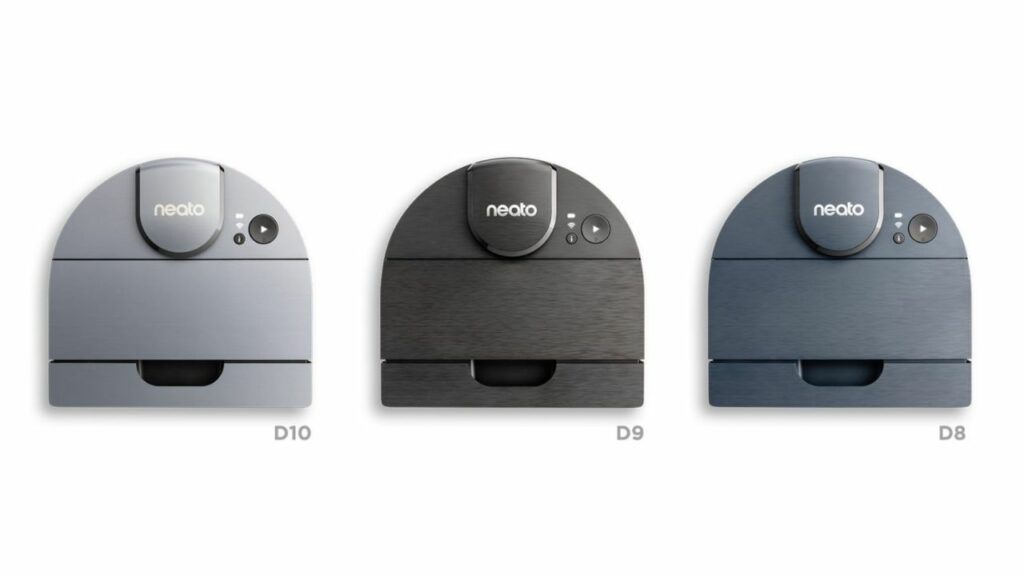
Which robot vacuums should I look into getting?
There are some excellent models out there for you to choose from, each of which offering their own features. Whether it’s a longer battery life or infrared sensors, there’s certainly a lot that a robotic vacuum could offer. Here are a few that might be a great addition to your smart home:
iRobot Roomba 960
⦁ One of the most popular robots on the market is the iRobot Roomba 960 – although there are some other models that are worth looking into, such as the Roomba 981 or one of the Roomba i range machines that include a self emptying feature, this particular cleaner is perfect for removing pet hair and offers outstanding value.
Eufy RoboVac 11S
⦁ If you’re looking for something that’s affordable while still offering everything you need in a smart vacuum, it might be worth taking a look at these models from Eufy. Quiet and efficient, it’s a great choice for pretty much anyone.
Roborock S5 Max
⦁ If you want a robot that can learn it’s way around and clean your home without bumping into anything, as well as have no go zones to keep your vacuum out of a room or area that’s not suitable for, this Roborock model could be a great choice for you.
Of course, your options aren’t limited to these 3 – there are plenty more great products on the market for you to choose from! When choosing, be sure to choose a device that’s known for being reliable and that has high cleaning power. Considering their side brush options, AI, any tests they’ve been put through and more are all good information too.
In summary:
There are a variety of excellent smart cleaning robots out there, offering artificial intelligence, different cleaning modes, a self-emptying dirt bin and so much more that can help to improve your every day life and take care of an extra chore around your home.

About the author
Matt is the founder of the Little Robot Shop, who has spent much of the last decade hacking home cleaning with various robots and devices to make keeping his home clean as easy as possible. Not an easy task with two young children.
When not working on the Little Robot Shop website or YouTube channel, he works as technical support and product specialist for a fast-growing digital company. He does his best to get his younglings to code, which will be an essential skill in the future.
